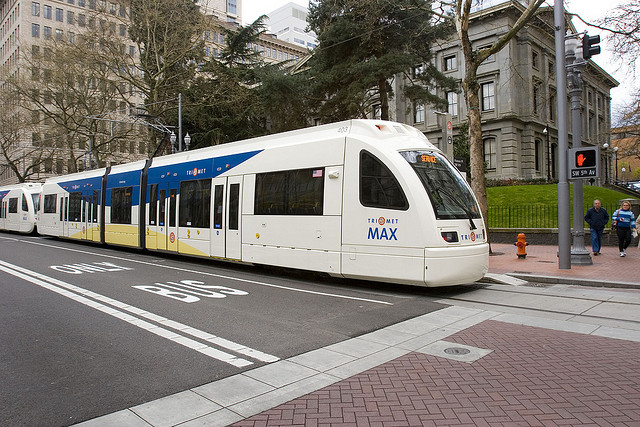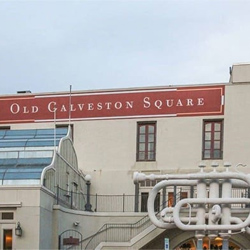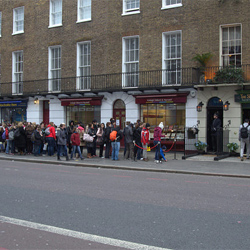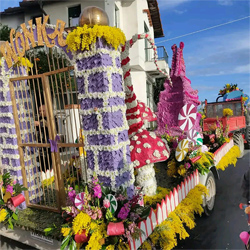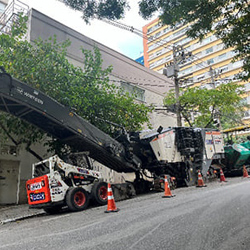In Portland, urban development has always focused on the improvement of public transit and this has helped transform downtown into a thriving and
bustling cultural city center.If you are afraid of being late to a meeting in Portland, you better take public transportation than to call a taxi because it’s significantly faster. Portlanders use daily buses, trams and the light rail line to travel around town because they are clean, reliable and fast.Portland has become a model of urban settlement in North America in terms of public transportation because from downtown to the suburbs a system of electric light rail covers over 80 kilometers and has over 80 stations. Not only the suburbs of Portland are served by this light rail system but the latest developments have been built around these train stations to guarantee access to a large number of residents and in order to limit traffic on the freeway.
Portlanders are very proud of their public transportation system
TriMet, the public transportation company that manages this network, bought land along the routes and sold it at a discount price to developers in order to allow such project.Developers have built row houses and apartment buildings, from low cost homes to luxury condominiums. The construction of shops and malls followed and small neighboring towns were created. The malls around Portland are often directly accessible by public transport unlike anywhere else in the US.
The MAX , Portland’s Light Rail
This type of development began in the 1970s when the region wanted to put a stop to the explosive growth of highways that created a lot of pollution. Environmentalists and farmers at that time convinced the federal government to transfer funds meant for the construction of a highway towards the establishment of a light rail system and this way the Portland’s MAX Light Rail was inaugurated in 1986.The State of Oregon has also imposed the Urban Growth Boundary law, which requires municipalities to limit urban sprawl and control developments.For many years the inner circle of Portland’s downtown, covering 1.5 km, offered free public transportation within the area but a couple of years ago the city council put an end to free transit due to the financial crisis. The policy, which had been adopted in 1975, stimulated tourism and supported the businesses in downtown over the decades and thanks to it an entire neighborhood was revitalized, the Pearl District.In downtown Portland there is also a tram system – the Portland’s streetcar – which runs from the Pearl District through the downtown blocks and to the riverfront, called South Waterfront. The tram is the ideal vehicle to generate foot traffic, more than the bus and the light rail, because it makes more stops and goes slower, also allowing some sightseeing while riding it.
The Streetcar, Portland’s tram system
Another innovative project focused on combining public transit areas with three types of buildings: residences, offices and shops by installing the shops on the ground floor, offices on the upper floors and residences upstairs. This model attracts people and animates the neighborhoods, encouraging people to move on foot and by bus or tram. This model of building may seem obvious in Europe or Japan but it’s indeed revolutionary on the West Coast of the US where cities were built around roads and cars therefore dividing residential areas from business areas.In planning for 2050, TriMet wants to extend the concept of a walkable city, where all services are accessible within a 20 minute walk over the whole territory. In Portland, people tend to have a long-term vision and work on all fronts to make the city livable and likeable.

